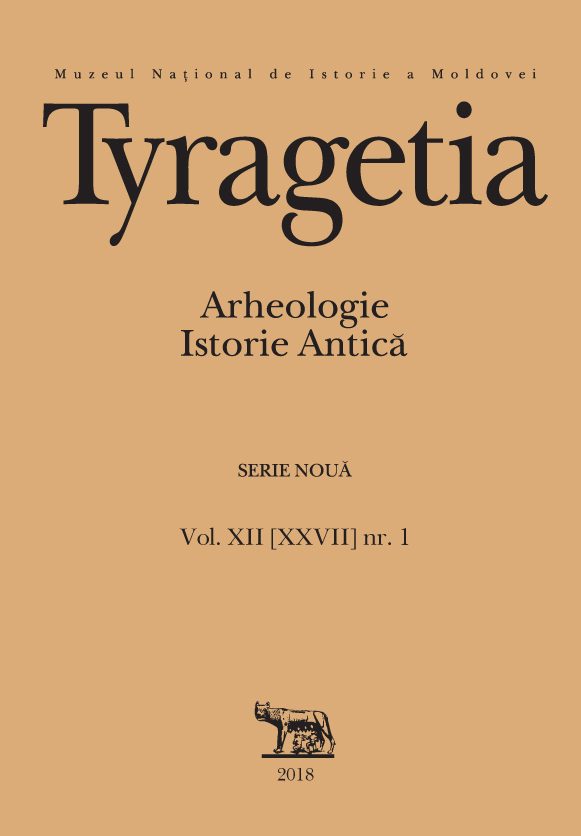Индустрия слоя II стоянки Королево в Закарпатье
The industry of Layer II of the Korolevo site in Transcarpathia
Author(s): Votiakova OxanaSubject(s): Archaeology
Published by: Muzeul Naţional de Istorie a Moldovei
Keywords: Korolevo; Middle Palaeolithic; industry; typology; Quina;
Summary/Abstract: This article analyzes the stone artifacts of Layer II of the multilayered site Korolevo. In this paper we provide techno-typological and statistical characteristics of artifacts. Technology can be described as non-Levallois, non-blades, non-facetted, and is based on the method of radial core reduction. The main blank is a short and wide flake, with a trapezoidal shape and massive lateral edge or platform. These flakes were used as blanks for most tools. Secondary working typically consisted of semi-abrupt or abrupt dorsal stepwise scalar retouch. Presence of accommodative elements is characteristic of 75% of the tools. Most often, pieces have a natural or prepared back.The main group of tools represents unifacial scrapers. Most of them are simple single-edged tools: transversal, lateral and diagonal items. Less numerous groups presented are double, ventral and déjeté types of scrapers. Denticulate and notched types are the second most common tool types. Unifacially retouched artifacts limaces, points, leaf-shaped forms and bifacial tools are present singly or at small frequencies.The industry has been defined as Charentian/Quina type. This is indicated by a number of features: the prevalence of unifacial scrapers (60%), a part of which has been worked with abrupt or semi-abrupt step retouch (so called semi-Quina or Quina type), insignificant percent of leaf-shaped forms, bifacial tools and limaces, and a high Charentian Index – 23.
Journal: Tyragetia (Serie Nouă)
- Issue Year: XII/2018
- Issue No: 1
- Page Range: 71-88
- Page Count: 18
- Language: Russian

